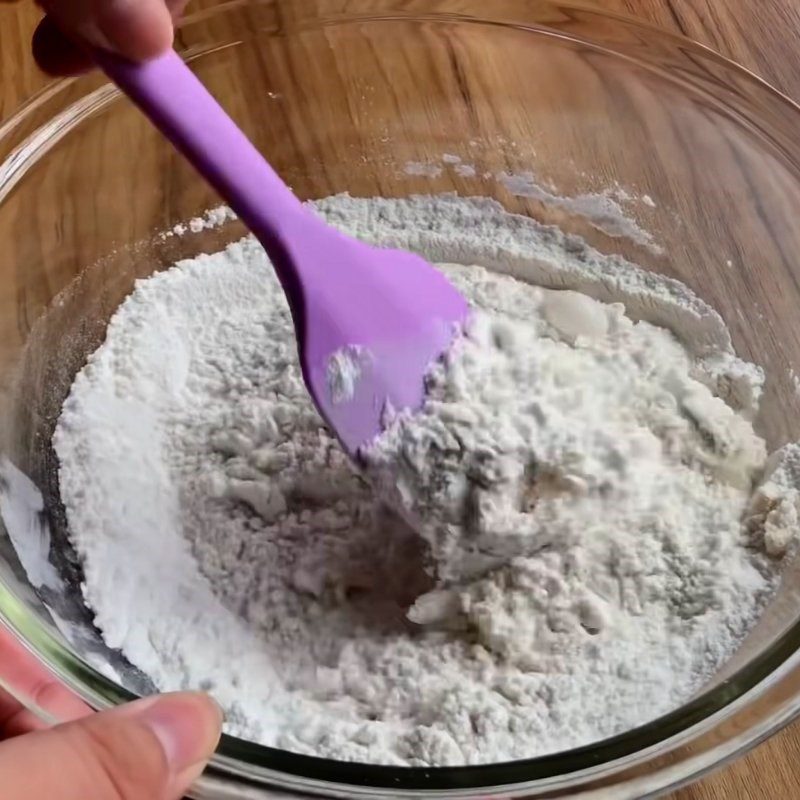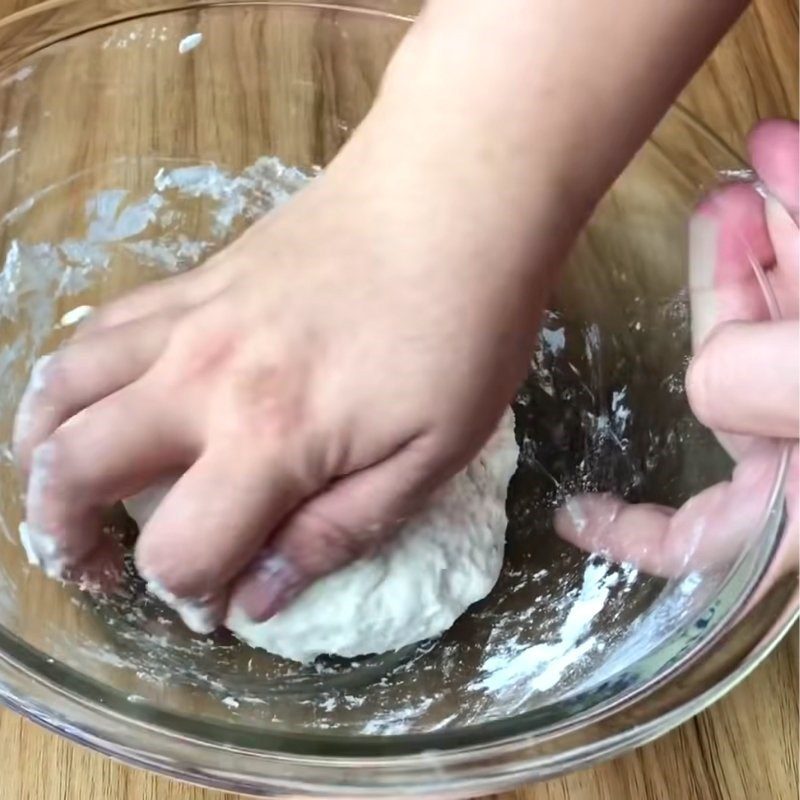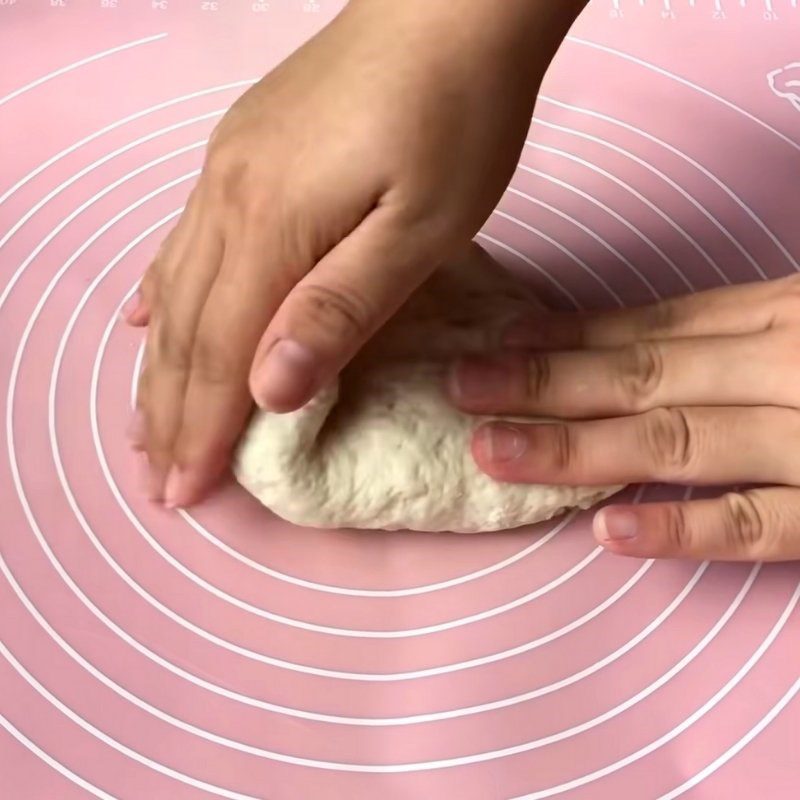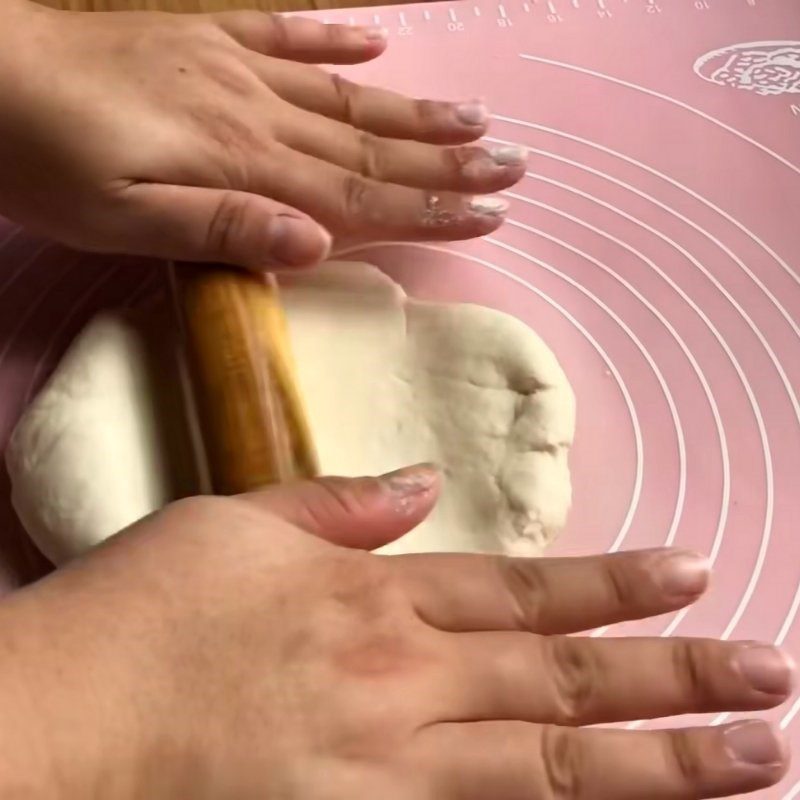-
Preparation
35 minutes
-
Cooking
15 minutes
-
Difficulty
Medium
Steamed buns without filling made from fresh milk are incredibly convenient for breakfast, aren’t they? Especially small children also really enjoy eating steamed buns without filling. So today Tastetutorial.com will go to the kitchen to guide you on how to make this cake which is extremely simple and easy to make for the whole family!
Ingredients for Steamed Milk Buns without Filling For 3 people
All-purpose flour 220 gr (type 11 flour) Unsweetened milk 130 ml Instant yeast 3 gr Sugar 30 gr
What is all-purpose flour?
- All-purpose flour is an ingredient commonly used to make a variety of baked goods, depending on the type of cake, the amount of flour needed varies or it may be combined with other types of flour if necessary.
- All-purpose flour is made from two types: soft winter wheat and hard spring wheat, with a protein content ranging from about 10 – 12%.
- Additionally, all-purpose flour can be either bleached or unbleached, but usually, bleached flour is used for bread and pastries.
- You can easily find all-purpose flour in grocery stores, supermarkets, convenience stores, markets, baking supply stores, and reputable e-commerce sites in the market.
What is instant yeast?
- Yeast is one of the essential ingredients when making bread, as it contains microorganisms that help the fermentation of the dough to happen faster.
- Yeast is divided into 3 types: fresh yeast, dry yeast, and instant yeast. Among them, dry and instant yeast are more commonly used due to their convenience and ease of storage.
- Instant yeast can be mixed directly into the dough, and the amount needed is less than that of dry yeast because it can produce more gas than dry yeast.

Required tools
How to make milk bao without filling
-
Mixing the dough
First, add 220g of all-purpose flour, 30g of sugar, and 3g of instant yeast into a bowl and use a whisk to mix the ingredients well. Next, pour in 130ml of unsweetened fresh milk, and continue to mix the mixture evenly.




-
Knead and let the dough rise for the first time
When the dough starts to stick together, use your hands to gather and press the dough until it no longer sticks to the bowl. Then cover the bowl with plastic wrap or a damp cloth and let the dough rest for about 5 minutes.



-
Knead the dough for the second time
After 5 minutes, take the dough out and knead it by folding it, then use the palm of your hand to press and stretch the dough away (technique of folding and stretching).
Knead for about 10 minutes, until the dough no longer sticks to your hands and the surface of the kneaded dough is smooth.


-
Shaping and proofing the dough for the second time
Next, you should use a rolling pin to roll the dough thinly and evenly until the thickness of the dough is about 0.3 cm, then you will use a brush to apply a layer of water on the surface of the dough.
Following that, you roll the dough into a perfectly round shape so that the edges are not uneven. Note that after rolling the dough, you must press the edges tightly to form a solid piece and prevent it from coming apart.
Then, you will use an knife or a dough cutter to divide the dough into equal small portions, then use the small pieces of parchment paper you have cut to place under the dough. If you don’t have parchment paper, regular paper will work as well.
Tip: If you don’t have a rolling pin, you can divide the dough into small pieces, gently press the dough with your hands, and roll them into balls.Before steaming the buns, you will place the dough in a steamer and cover it, letting it proof for 45 – 60 minutes. Note not to proof the dough for too long; otherwise, the buns will become wrinkled.




-
Steaming the buns
Next, you put a pot of water on the stove and bring it to a boil, then place the steaming basket on top and steam for about 10 – 15 minutes over medium heat. After steaming, remember to leave the buns in the pot for another 5 minutes before taking them out.
Tip: To prevent water vapor from condensing and dripping down to make the buns soggy, you should wrap a cloth around the pot lid while steaming.


-
Final product
The delicious and beautiful milk buns without filling are complete. The bun skin is very smooth, and the cake texture is moderately soft and fluffy. The buns are very fragrant and rich in milk flavor, with a just right sweetness that is very tasty.


See more:
So Tastetutorial.com has detailed instructions for you on how to make steamed milk buns without filling that is extremely simple, with very easy-to-find ingredients. Let’s head to the kitchen and try making this dish for the whole family to enjoy!





